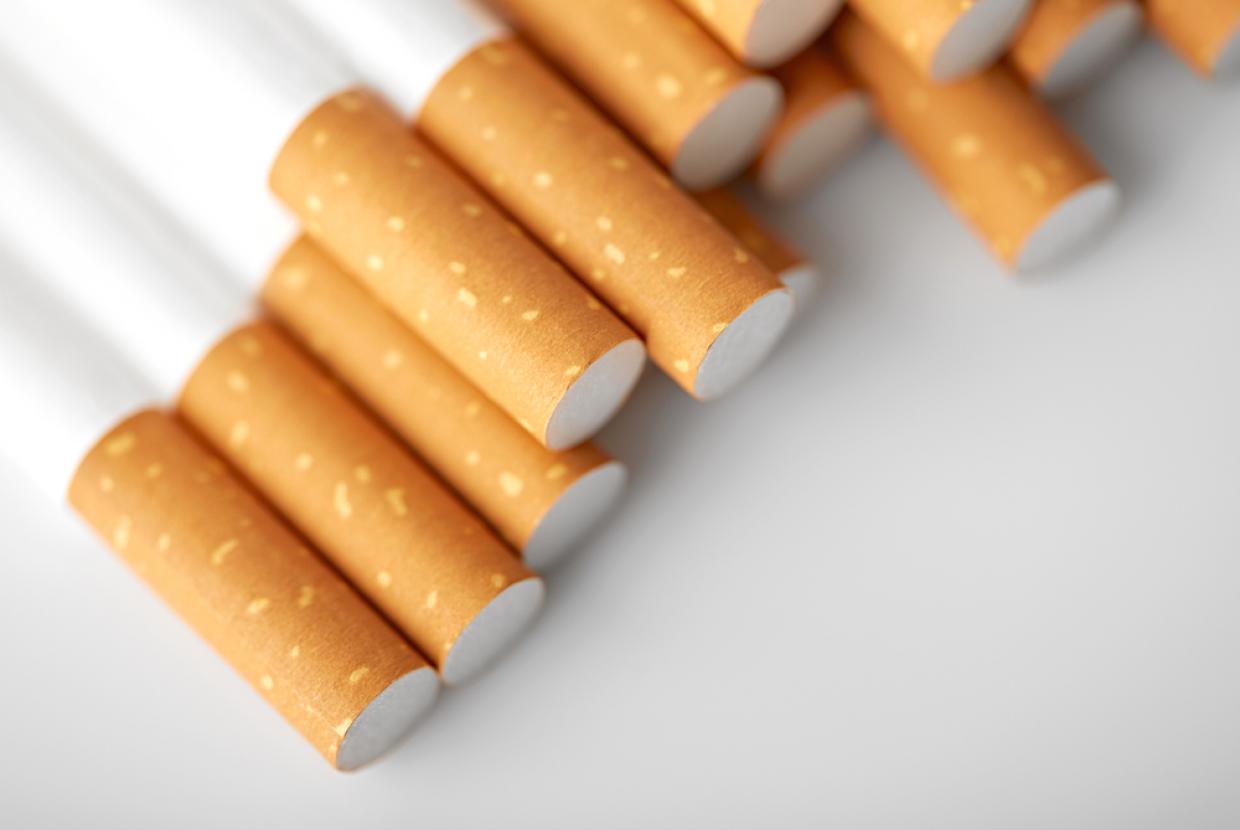Challenges when stopping smoking
Quit SmokingLike breaking any addiction, stopping smoking can leave you with cravings and withdrawal symptoms. Smokers often experience stress and weight gain when quitting. But these are temporary and there are practical ways to overcome these challenges.
Challenge: Coping with your withdrawal symptoms.
When you stop smoking, you’re withdrawing from nicotine and from a powerful habit. It takes time to clear the drug out of your body and break the habit.
Withdrawal symptoms can include:
- Feeling irritable or on edge
- Finding it hard to sleep
- Difficulty thinking clearly
- Having a slower heart rate
- Feeling hungrier than usual.
These symptoms last no longer than a few weeks and as time goes on, these symptoms should disappear.
Tip: Using nicotine replacement therapy (NRT) such as patches, gum or lozenges can help you to manage your withdrawal symptoms. If you’ve tried NRT in a previous quit attempt and it didn’t work, speak to your doctor about prescription medication. Don't switch to herbal cigarettes because you will still get all the tar but nothing to help you with nicotine withdrawal.
Doing more physical activity can also help by improving your mood, helping to manage weight gain and keeping your mind off cravings. Don’t feel that you’re on your own when you are quitting, the support of family and friends can help you get through the withdrawal stage.
Challenge: Dealing with weight gain.
Many smokers have a bigger appetite when they quit, but this doesn’t mean you have to put on weight. Smoking is often used to suppress a normal, healthy appetite, so stopping smoking actually presents an opportunity to eat well.
Tip: There is a lot you can do to avoid weight gain when you quit smoking. Control your portion sizes to make sure that you don’t over eat. It’s also important that you stay well hydrated, so you don’t start eating when your body is really thirsty.
Be mindful of what you are eating. Try to be aware of what you are eating and when, make deliberate decisions about what you eat, when and where so that eating doesn’t become a substitute for cigarettes.
Start exercising regularly. Smoking cigarettes increases your metabolism, so you burn more calories, which is why many people gain weight when they stop smoking. Regular exercise will help you to burn those extra calories.
Challenge: Managing your cravings.
Cravings are a normal part of quitting. Your cravings are likely to be strongest in the first two weeks of a quit attempt and should become less severe and frequent the longer you stop. Many smokers find that specific situations act as triggers, making you crave a cigarette.
Tip: Most smokers will experience cravings, but there are practical ways to manage these and resist the urge to smoke.
Think about your reasons for quitting, or calculate how much money you’re saving by not buying cigarettes. This can keep you motivated and will also help to take your mind off the craving.
Keeping busy can also help to keep the cravings under control. Chew a stick of gum or take a drink. If you are in work, focus on what you are doing. If possible, go for a walk or a jog, ideally to somewhere you know has a no smoking rule. You could also send someone a text. This will keep you occupied and gives someone else a chance to support you.
You can also try using NRT, like a patch, lozenge or gum, to help get you through your cravings.
Challenge: Dealing with smoking triggers.
For many smokers there will be particular situations that they associate with smoking and being in those situations can make it much more likely for them to relapse. Learning to avoid those situations or coping with them when they arise is important if you are going to successfully quit.
Tip: There are a number of ways to deal with situations that are likely to make you want to smoke. The most obvious solution is to avoid them. If you usually smoke on your way to or from work, try changing your route so you don’t associate the journey with smoking as much.
If you can’t avoid the situations you associate with smoking then you will need to develop strategies for coping with them. Try to replace smoking with another activity. You could chew gum, suck on a straw or keep your hands busy with a stress ball or by using your phone.
For many smokers, there is a strong association between smoking and drinking alcohol, so it is a good idea to try to avoid alcohol in the early stages of a quit attempt when the cravings are strongest.
Challenge: Recovering from a relapse.
Stopping smoking can be difficult and many people who smoke need more than one attempt to quit permanently. The risk of relapsing is usually strongest early in the quit attempt, but the risks fall considerably with time.
Tip: Learn from each quit attempt and use those experiences to overcome the challenges that stopped you from stopping smoking before. When making a new quit attempt, it might help you to think about;
what you should do differently next time – for example, perhaps you should consider a different type of NRT
what triggers made it hard for you to resist cravings and how you can avoid them – did you relapse because you were drinking alcohol or in a stressful situation?
The most important thing to remember after a relapse is that it is only a setback and you can use the experience to make your next quit attempt a success.








































